Last updated: Jan 30, 2021
Are you looking for ideas to unlock your long-term business value? If you shook your head in yes, remember that business model is one of the ways to streamline your business process.
Precisely, a business model is a holistic framework to define, understand, and design your entire business in the industry. Often novice entrepreneurs do not understand the significance of the business models.
Check out 50 different types of business models, along with examples of companies for better insight. Try to adopt these business models in your startup.
1. Franchise model
Best for the company’s expansion, franchising allows the franchisor to license its resources, brand name. Intellectual property and rights for a franchise to sell its products and services in exchange for a royalty.
McDonalds’s is the best example, which has 93% of its franchised restaurants worldwide.
McDonald’s is the leader in the global foodservice. It operates 36,059 franchised restaurants out of a total of 38,695 restaurants worldwide.
Its franchise restaurants have increased year-on-year for the last 13 years.
Example: Subway, McDonald’s, Gold’s Gym

2. Multi-sided platform model
Any company that offers services to both sides of business carries out a multi-sided business model. The perfect example is LinkedIn, which provides subscription services to people to find job opportunities as well as to HR managers to find candidates for their vacancies.
Example: LinkedIn, Freelancer.com
3. Cash machine business model
Also known as the cash conversion cycle (CCC). It basically means how quickly a company converts cash to good and services and then again into cash. This model is used by the companies who make low-profit margin but survive in the market with a disruptive position. Like, Amazon generates a massive amount of cash from its online store before it pays to its suppliers. Another way to look is that Amazon runs its supply chain on vendor credit.
Cash Conversion Cycle: Cash ==> Product & Services ==> Cash
Example: Amazon, Alibaba, Apple
Pro tip: This type of business model is most suitable for inventory type of businesses.

4. Freemium business model
A mix of free and paid services, the freemium model is mostly used by tech companies in the Software as a Service (SaaS) or apps business model. To grow business and acquire customers, companies offer free (lite) versions to customers but for a limited time or with limited features. To unlock the upgraded features, the customer has to opt for paid services.
Examples: Zoom, Dropbox, MailChimp, Evernote etc.
Pro tip: It’s an excellent way to encourage customers to try the software or application.
5. Subscription business model
This model allows the customer to get services by paying a fixed amount every month or year. In this case, the company has to provide enough value to its customer, so they visit the website over and over again.
It allows companies to segment the market and offer a specific number of items in its content under different plans and prices known as tiered offerings.
For example, Netflix offers monthly subscriptions under the Basic plan for $8.99/month, Standard plan for $12.99/month, and Premium plan for $15.99/month.
Examples: Netflix, LinkedIn, Amazon Prime, Dollar Shave Club, are few of its examples.
Pro Tip: This model is useful for content or service-based websites.
6. Peer-to-peer business model
As per this model, a company acts as a middleman between two individual parties and create value for both demand and supply side. It’s different than a typical relationship of a business selling its services to consumers (B2B or B2C). It makes money through commissions. Airbnb is the right example that allows transactions between hosts and hostees.
Example: Airbnb, Uber, eBay, Offerup, Freelancer.com,
7. One-for-one business model
The one-for-one business model can be referred to as a social entrepreneurship business model. It’s a hybrid solution, a combination of both profit and not-for-profit services. Although there are some debates about its long-term sustainability, many companies are pivoting their business models to cater to socially conscious millennials. The best example is TOMS Shoes that provides shoes to underprivileged children globally for every pair of shoes sold.
Examples: TOMS Shoes, Warby Parker (donated eyeglasses), Two-degree Food, Soapbox Soaps.
8. Hidden revenue business model
This model refers to a revenue generation system in which users don’t have to pay for the services offered, but the company still earns revenue streams from other sources. Like, Google earns from advertising money spent by businesses to bid on keywords while users don’t pay for the search engine.
Examples: Google, Facebook, Instagram, Twitter
9. Razor and blade business model
In this model, one item (Razor) is sold at a low price while another associated item (blade) is sold at a premium price. It is also known as a printer and cartridge business model. For example, the price of inkjet printer itself was just a one-time expense, however, getting a new ink cartridge replaced is an ongoing expense for consumers. The model is great if you have a loyal customer base and if you can create some sort of lock-in situation with customers.
Example: Xbox or PlayStation Video Games, HP Printers, Nespresso coffee machines, AT&T Mobile phones with 2-year contract.
Pro tip: Use this model, if there is a need for recurring sale of an associated item, which can generate a continuous flow of revenue.
10. Reverse Razor and Blade business model
The business model is contrary to the razor blade model. It implies offering low priced products to encourage customers to buy high priced items as well.
This business model uses the strategy with a one-time offer for the premium product and acquires more revenue from secondary items in the long term.
Example: Apple employs this business model perfectly. Apple’s App Store and iTunes sell apps, movies, songs, etc. at reasonable rates but charges premium prices on its devices like iPhone, iPad, and Mac.
11. Direct sales business model
In this model, products are directly sold to the end customers either in a one-on-one conversation or small gathering, remember Tupperware house parties? The salesperson gets a share of every sale. Although technology has superseded the direct sales method in many ways, still many companies prefer to give a personal touch to its customers.
Examples: Tupperware, personal care & nutrition brands (Avon, Arbonne, and Herbalife)
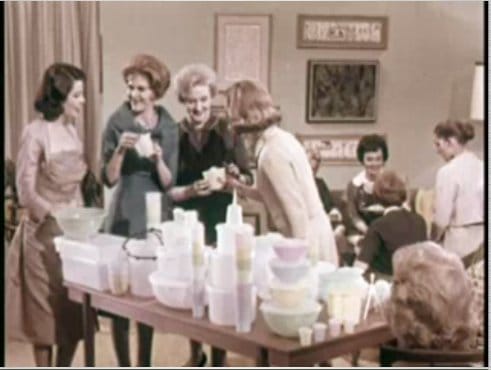
12. Affiliate marketing business model
In this model, companies make money by featuring, reviewing, and recommending other company’s products or services. Think about product review websites. These websites are paid based on sales opportunities that they bring to their vendor companies.
Examples: NerdWallet, Capterra, MoneySavingExpert.com, and thewirecutter.
13. Consulting business model
Companies that provide consulting services by hiring experienced and qualified people and having them assigned on client’s projects follow the consulting business model. These companies tend to charge on the hourly basis and/or they take a percentage share based on the successful completion of the project (cost reduction project). Mckinsey and Boston Consulting Group are multi-billion-dollar businesses that are based on this model.
Examples: Deloitte, Mckinsey, BCG, software or website development firms
Pro tip: if you are a subject matter expert (SME) in a field, and when the duration of the project is uncertain (based on the change in client’s requirements) then consulting business model is an excellent way to charge your clients.
14. Agency-based business model
This is a project-based business model, where an outside firm is hired to complete a specific task. Traditionally, businesses that lack internal expertise hire agencies to get a customizable solution for their needs. Remember Mad Men? Acclaimed Netflix series that focuses on advertising agency and their clients. Some niche agencies are digital marketing, design & architecture, survey, promotion, media, public relationship, branding, website development, social media, etc.
Example: TBWA\Media Arts lab (Apple’s go-to ad agency), Leo Burnett Company (United Airlines, McDonald’s, Kellogg’s are some of their notable clients)
15. User-generated content business model
Allowing users to generate quality content on websites for free to answer other users’ questions and provide reviews, this business model is new yet fast-growing.
This model is driven by a wide range of digital commodities, from videos to reviews, pictures, blog posts, testimonials, and any other type of content created by users of a brand. And made accessible via social media.
User-generated content is compiled and sold to companies seeking to exploit consumers’ ideas and content to promote their brands.
Examples: The top examples are YouTube, Quora, Yelp, Yahoo Answers, Reddit.
16. Online educational business model
Targeting the educational industry, including students and teachers, this business model allows them to get access to educational resources via flat course fees or subscription. It can be said as a combination of freemium, course fees, and a subscription-based model.
Examples: Khan Academy, LinkedIn learning, Coursera, Udemy, edX, etc.
17. Instant news business model
This model focuses on sharing and updating news instantly without any intermediary.
Companies that use this model provide open and reliable channels allowing trusted primary or secondary sources to communicate breaking news or urgent announcements directly to their audience.
In the past few years, some social media platforms have emerged as the go-to option for instant news from primary sources like presidents, CEOs of companies, and so on.
Example: Twitter is the best example. Users can access the news in real-time by checking the trending hashtags.
18. Multi-brand business model
This model is based on marketing more than two products, almost similar yet competing with each other and come under a single organization but having different brand names. It is done to create economies of scale and to build an empire.
Examples: Procter & Gamble, Unilever, and Nestle are a few examples.
19. E-Commerce business model
A simple yet most promising business model, e-commerce allows buyers and sellers to connect and transact using an online platform (online shop).
There are several types of e-commerce business models, including Business to Business (B2B), Business to Customer(B2C), Customer to Customer (C2C), and Customer to Business (C2B).
Example: Amazon, Alibaba, eBay, OLX, Walmart, etc.
20. Distribution based business model
A company that works by having one or a few key distribution channels to integrate with its final customers follows this model.
Companies that use this model provide channels for businesses to sell to customers via dealers, brokers, supermarkets, retailers, and so on.
Example: Unilever spends its major part of revenue in maintaining a proper distribution.
21. Drop-shipping business model
A cost-effective as well as an exciting business model. In drop-shipping, a business owner contacts many different suppliers/ wholesalers to sell their product on the website. Once an order is placed on a business owner’s website, wholesaler drop-ships the products directly from the manufacturer to the customer. In this case, the business owner does not have to hold any an inventory and uses the third party to manage all the shipping and logistics needs.
Pro tip: It’s an excellent way to start a niche e-commerce business website with a limited upfront cost.
Examples: Doba, Oberlo, Dropship Direct, and Wholesale 2B are few examples.
22. Enterprise business model
Targeting and focusing only the large clients, enterprise business model is all based on getting big deals. It is built on complex sales with a good few potential clients. Like the clients of Fortune 500 usually have multi-billion dollars budget.
Example: Boeing, Raytheon, SpaceX, Goldman Sachs is an example of Enterprise business model because their sales motion is targeted towards very large business enterprise customers or governments .
23. Social enterprise business model
This model is based on the fundamental that companies should make profits without causing any harm to anyone, and a part of it should be spent in humanitarian works to improve human living conditions.
Example: Brunello Cucinelli is an Italian luxury brand that donates about 20% of its profits towards a social cause.
24. Direct-to-consumers business model
This model allows companies or brands to sell their products to final customers directly. Highly effective marketing campaigns and advertising activities are required to retain customers.
Example: Unilever is the best example while being one of the world’s largest advertisers.
25. Family-owned business model
Any business that is run by a family, and its decision-making processes are controlled by two or more family members is a family-owned business.
The leadership of the company is passed to the heir, who will hand over the reins to their children.
Examples: Ford, Walmart, Estee Lauder, Prada, Comcast are few examples.
26. Blockchain-based business models
The most advanced, futuristic, and modern technology of Blockchain has changed the entire landscape of transactions, involving decentralized network system on a global scale.
Using a decentralized network enhances trust and allows consumers to transact peer-to-peer. Blockchain-based businesses make a profit using tokens and offer Blockchain as a service.
Many crypto-currencies like Bitcoin, Ethereum, and Litecoin use Blockchain technology-based business model.

27. Vertically integrated supply chain business model
This model is about owning and managing the supply chain activities (manufacture, distribution, and retail) for its products by the company itself. When a company has better control over how a product is produced and delivered to end users, it can provide products at lower prices (with better margin) to consumers.
On the contrary, for example, if a company only manufactures a product, and uses a distribution and retail partner. Then at every step of the supply chain, the additional cost is added (markup) by the time the product reaches the end customer.
Examples: Think about companies having both factories and retail/online stores. Amazon, Tesla, Luxottica, Apple, Walmart, and other grocery stores.

28. Combination of chains and franchise business model
This model is simply a mix of operated chains and licensed stores (franchising). Starbucks is the most famous example that owns both company-operated stores and licensed stores.
In Starbucks’ model, all 15,041 stores in the U.S. are company-owned, and all international stores are franchised.

29. Data licensing business model
A business model of ‘data’ has gained a new meaning in this modern world, especially in the technology sector. Data is a critical component in web technology where companies require critical information to carry out operations and earn revenue.
Example: Twitter sells real-time data to its partners, which is then used for advertising and customer insight.

30. Attention merchant business model
Attention merchants or influencer operate through advertising model and make money by grabbing the attention of their target audience.
Apple CEO Tim Cook once wrote, “When an online service is free, you are not the customer. You are the product.”
Examples: Snapchat & Instagram allows brands to market themselves through advertising on their platform.
From YouTube to Tik Tok and other social media platforms, you can watch videos for free, but you will be targeted by endless adverts.
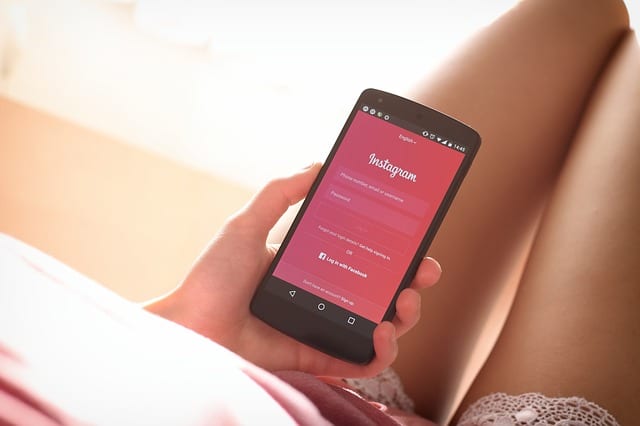
31. Discount with high-quality business model
This kind of business model is usually practiced by supermarkets and departmental stores that get products in bulk and sell on the wholesale rate.
Examples: discounted products with high quality like ALDI, Tesco, Lidl, Ross Stores, and ASDA Stores.
32. Pyramid Scheme Business model
A pyramid scheme is a business model often considered illegal or controversial. The model functions on the sole principal of recruiting members by promising them a reward in the shape of payments or services if they agree to enroll others into the scheme, rather than supplying investments or sale of products.
As the recruiting circle grows with infinite speed, the actual recruitment becomes quickly impossible, which leaves member without any profit.
Example: Amway is a billion-dollar company which has used these pyramid schemes.
33. Nickel and Dime business Model
This business model consists of the lowest price strategy for the basic product or service. By keeping the basic price as low as possible, an additional amount is charged for the other perks and services that are offered with the main basic service.
Example: Spirit and Frontier Airlines are a budget airline that charges the lowest possible price for the flight tickets and charges fee over additional services like printed boarding pass fees, carry-on/ check-in luggage, seat preference, priority boarding, Wi-Fi, beverage, meal/snack, phone booking fees, etc.

34. Aggregator Business Model
Aggregator Business Model is a network model which provides collective information about a particular service and sell them under their brand name. Under this business model, most companies provide information and sources on a single industry.
Example: Companies like Zillow and Oyo for Hotels, Uber for taxi service, Yodlee for financial service, all use Aggregator business model.
35. API licensing Business Model
API stands for application programming interface (API). It is basically a set of subroutine definitions, communication setups, and tools for developing software. API licensing business model provides licensing protocols which allow developers’ community to create third-party plugin/add-on apps for well-known platforms. And developers pay a fee to get API access.
Example: Microsoft, Apple, LinkedIn, and Twitter, they all provide API license services.
36. Crowd Source Business Model
Crowdsource business Model facilitates companies with access to operational solutions like ideas and technologies, upgraded consumer interaction, opportunities for co-collaboration, operation optimization, and reduced costs.
Example: Companies like Wikipedia, YouTube, Kickstarter, LEGO ideas, Unilever, Coca Cola (new flavor of beverage) are involved in crowdsourcing.

37. High Touch Business Model
In the high-touch business model, customers’ interaction and involvement are on the highest level to make the experience personalized. It is a phenomenon in which a customer gets involved in a kind of partnership with the business. High touch is needed for larger accounts because they pay more and are sticky.
Example: Buying a car at Auto dealership, house, enterprise SaaS requires multiple interactions with the salesperson.
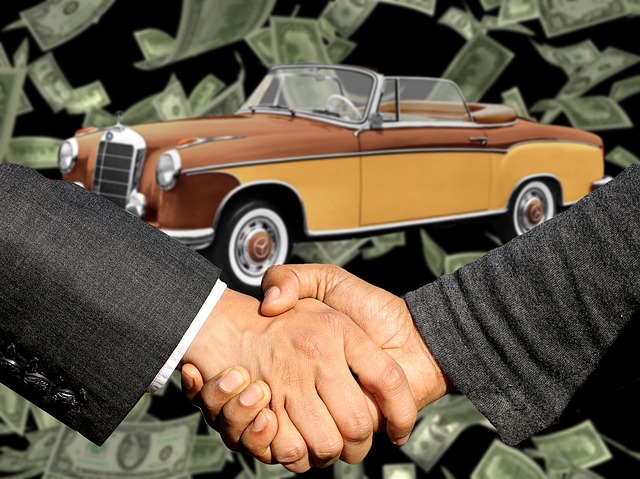
38. Low Touch Business Model
Low touch business model is, of course, the opposite of high touch business model where the product or service is delivered by minimum customer interaction. Low touch is good for low price software tools where acquiring customers is easier.
Example: Companies like Amazon, Zendesk, SurveyMonkey uses low touch business model.
39. Flex Pricing Business Model
Flexible pricing model operates through a business strategy in the final price of an item is negotiable. In short, buyers and sellers can bargain the price to suit their purpose the best.
Example: Letgo
40. Auction-Based Business Models
The model is based on the biding option to buy a product or service. The model is although not very common now, it is still used for industries like antiques, real estate, collectibles, and the sales of businesses.
The modern version of the auction model can be witnessed on online platforms trade’s new and used items like eBay and Amazon
41. Reverse Auction Business Model
This business model follows a strict pattern of setting the highest prices and let the buyers bid accordingly until the prices start to drop.
A reverse auction is popularly used by businesses seeking suppliers. Eligible suppliers bid lower and lower at each subsequent round to entice the business and win the contract.
Example: Bidding for government contracts
42. Brokerage Business Model
Brokerage business model provides a single platform to buyers and sellers for communicating the deals. It charges a fee for any transaction between the parties either from the buyer or the seller depending on the featured category.
Example: Expedia, Century 21
43. Bundling Business Model
Bundling is a business strategy that combines products or services to offer a package gathered as a single combined unit to sell at a comparatively low price. It is the form of convenient purchasing for several products and services from a single business unit.
Example: Microsoft Office 365 (PowerPoint, Excel, Word, OneNote, Outlook) Value meal at Burger King or McDonald’s, Printer and ink
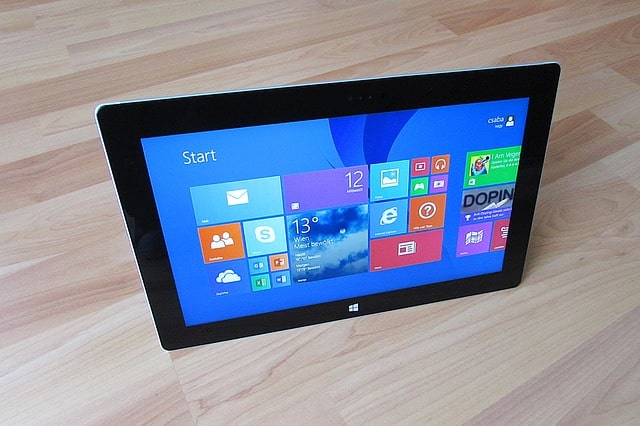
44. Disintermediation Model
Disintermediation Model removes the capacity of outsourcing or a third-party intermediary. In fact, the organizations following this model deal with the clients and customers directly via different channel like the internet.
Example: Dell, Tesla are good examples of companies which follows disintermediation model.
45. Fractionalization business model
Fractionalization model is selling a product or service for partial usage or separate parts. It’s a strategy which divides products and services into further subcategories to introduce variety in the products, charging for each category separately.
Example: You can sell a pizza by the box or individual slices of different varieties( cheese/ pepperoni)
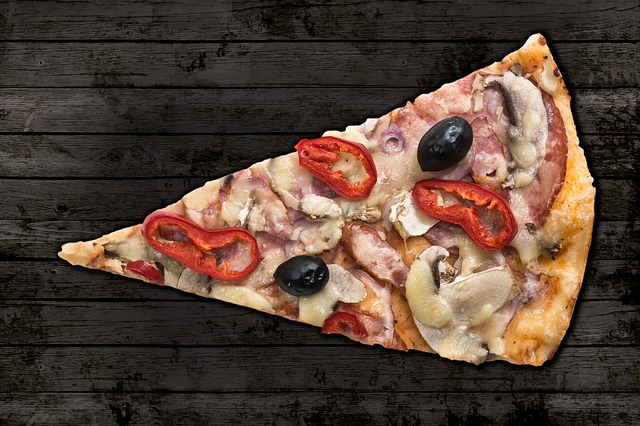
46. Pay as Go (Utility) Business Model
The business model charges as per the usage of the product or service.
In recent years, the Pay-As-You-Go model has been adopted by governments and organizations to distribute common goods like solar panels to rural communities, which they pay for gradually over a long period.
Example: This model includes electricity, water, and cell phone companies and Amazon Web Services

47. Product as a service
Product as a service means to sell the service of a product rather than selling the actual product.
Example: Zipcar, Fedex Printing service follows the product as a service business model.
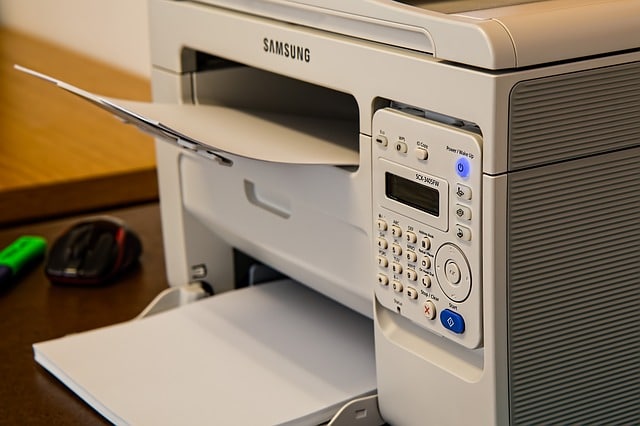
48. Standardization business model
Standardization means to make a service universal, which was once a customized one. This attracts customers due to convenience and low prices.
Example: MinuteClinics (a subsidiary of CVS health) is a good example of Standardization.
49. User Base Communities
User base communities earn by developing an interactive platform where users communicate on their own with each other and can advertise at the same time. The model generates revenue with both subscription and advertising fee.
Example: Craigslist, Angie’s list
50. Leasing business model
Leasing refers to renting large or high-profile items like machines and electronic equipment instead of them selling it.
Example: Home Depot (Tool rental) MachineryLink, Hertz, Enterprise, etc. have adopted a similar business model.
In addition to the business models mentioned above, there are many others. While these are most commonly used by companies today, you need to wisely and smartly choose one or combination for your business.

Tell us what you think? Did you find this article interesting?
Share your thoughts and experiences in the comments section below.



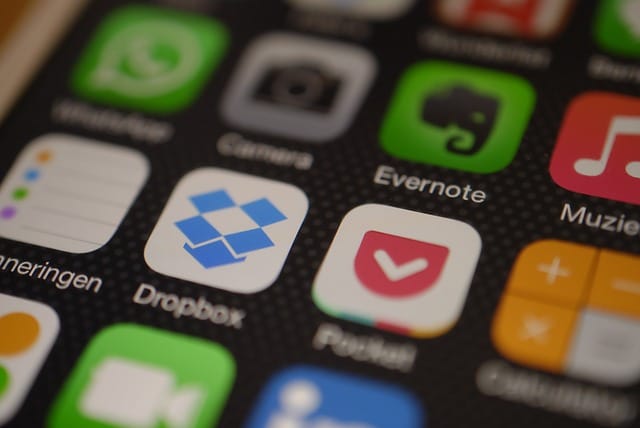
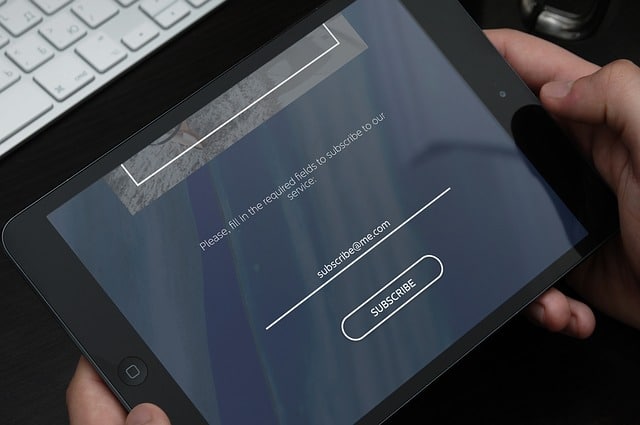
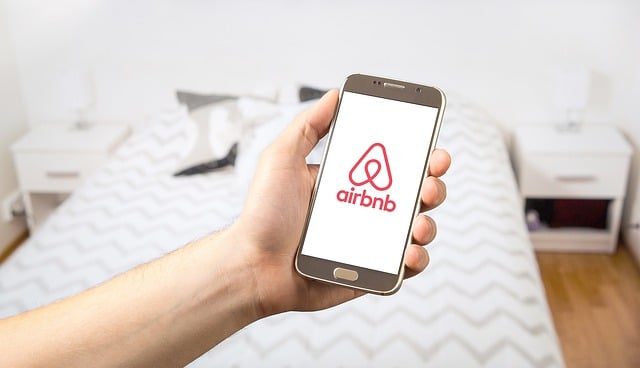


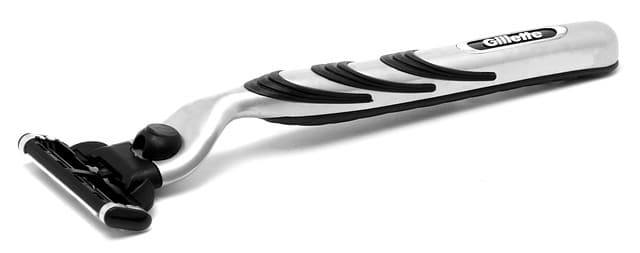















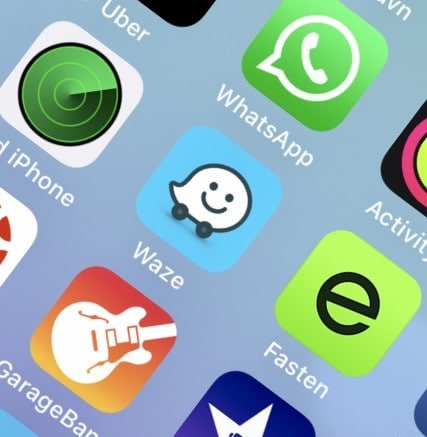


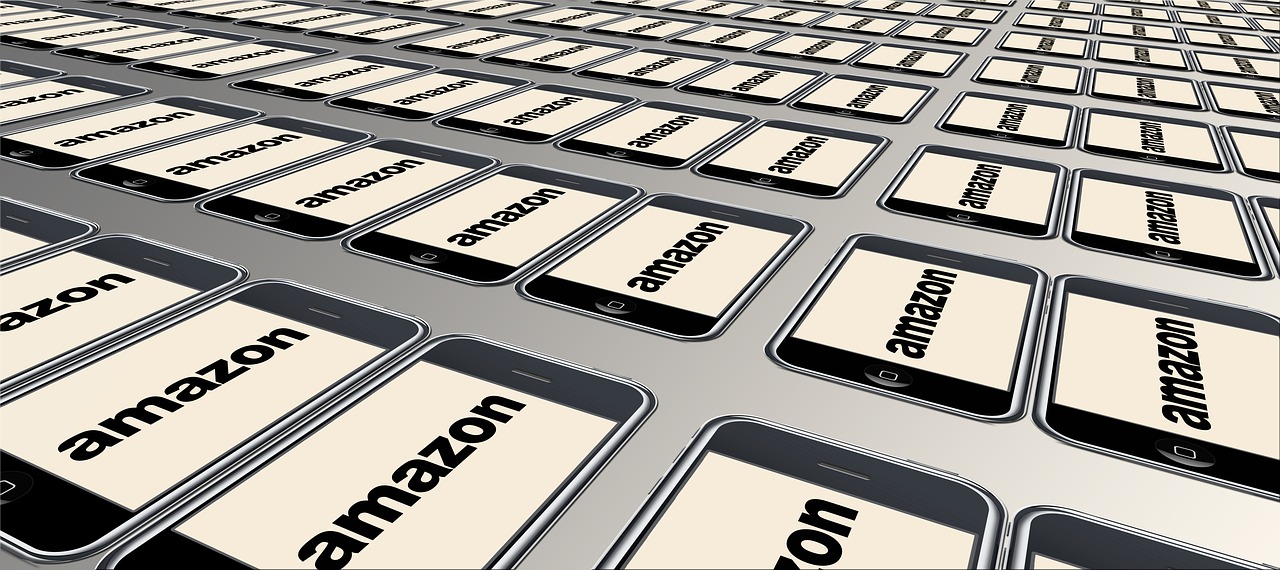
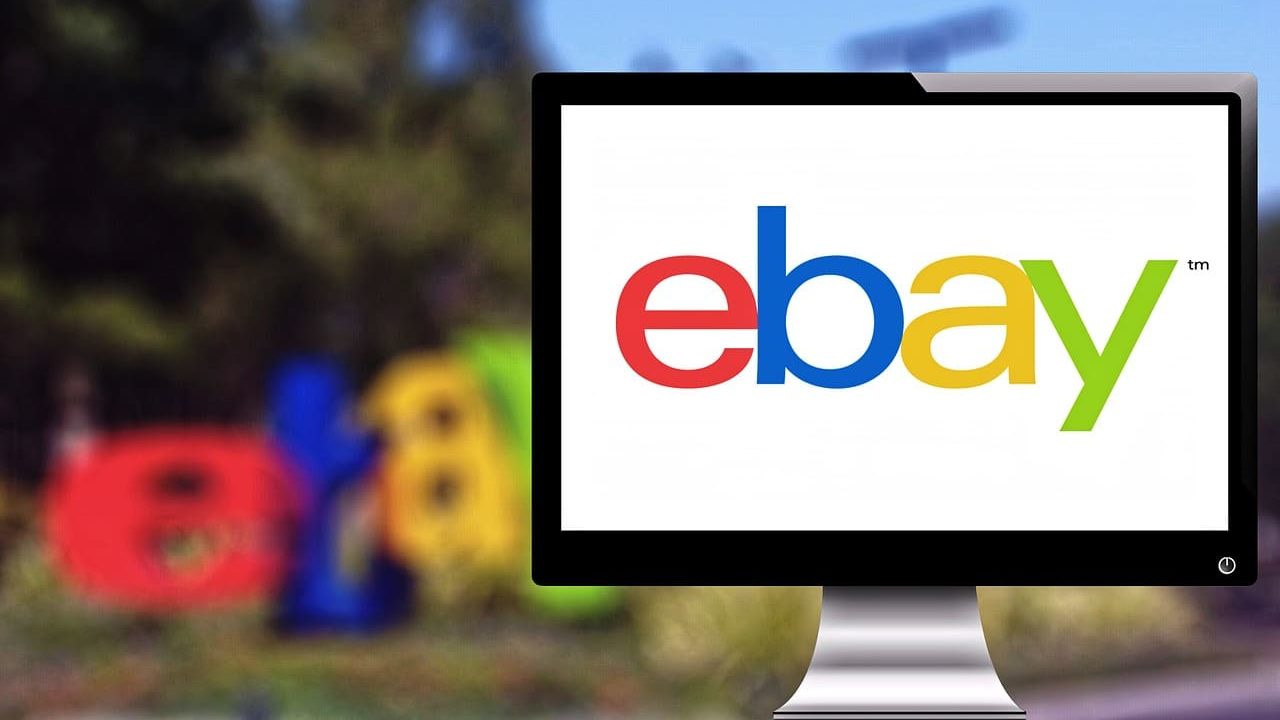
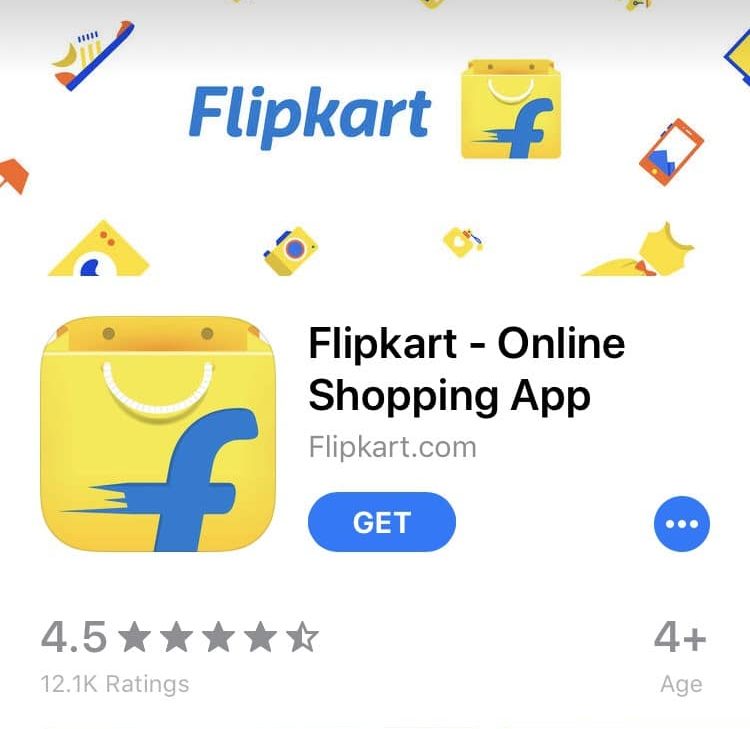
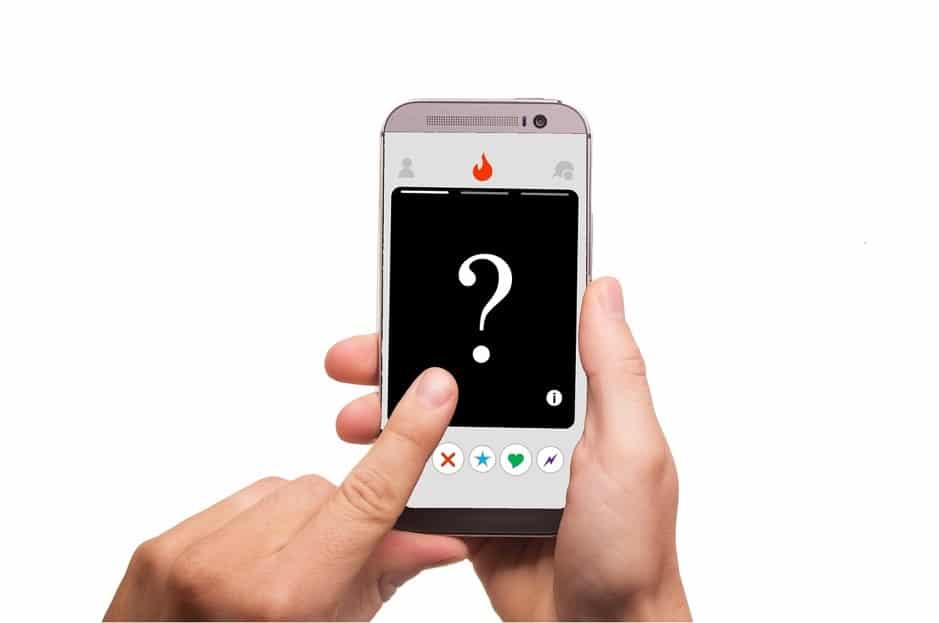
Great.. Thank you so much!
Well presented in uniform format to make comparison easy.
Clearly and succintly written
Very useful and informative, many thanks!
very informative and useful as it made it easier for me to decide what can be done next
thank you very much
What are some good examples of number 22 – Enterprise business model?
Companies such as Boeing, Lockheed Martin (aircraft manufacturers), Goldman Sachs, BlackRock (investment firms) are good examples of the enterprise business model because their primary customers are large enterprises or governments.
Good example for the enterprise business model…
Life long learning
Indeed 🙂
Very useful
Thank you !
Thank you for this summary of business models.
Glad you liked it Alex.
Happy Reading !
I must admit that this is quite a wonderful compilation.
I found it very useful and well summarized.
Thank you.
Thank you for sharing the comprehensive list of 50 business models along with examples of companies implementing them. It’s a valuable resource for anyone seeking to better understand the diverse ways businesses can operate and succeed. In addition to the information you provided, I’d recommend checking out this article at https://www.cleveroad.com/blog/startup-business-model/. It provides practical insights into selecting the most suitable business model for startups, which complements the list you shared and could guide entrepreneurs toward more informed decisions.
I am from South Sudan, if I want to implement one of online business which one will suit our situation here in the country, and that will generate income for me?
The Bussiness model which you mentiontioned is very useful an informative. Thank you.
Nilesh, glad you like it.
Happy Reading 🙂